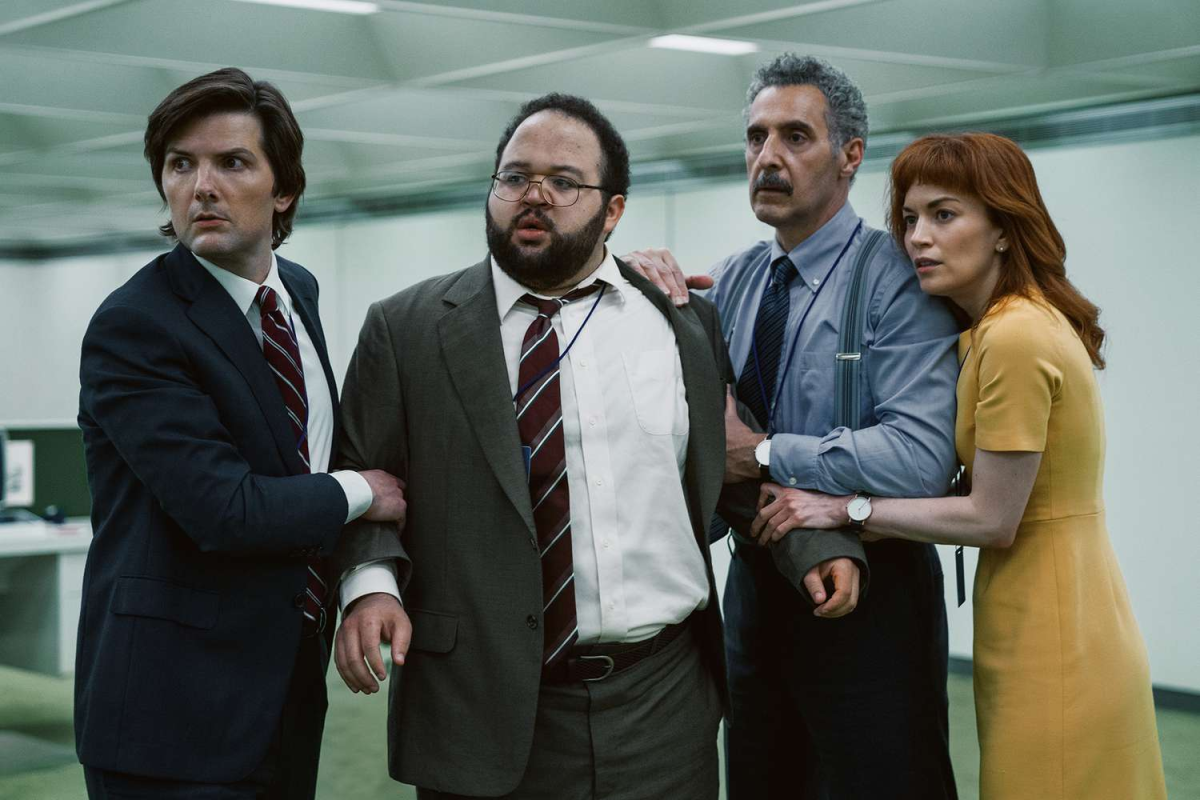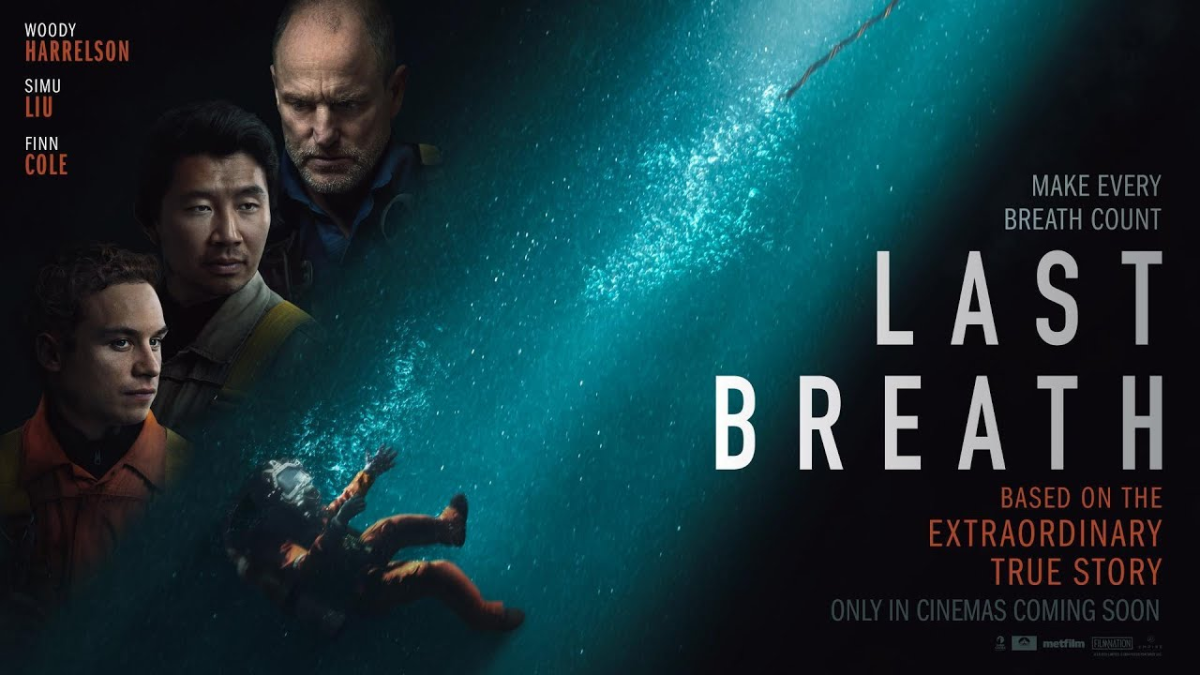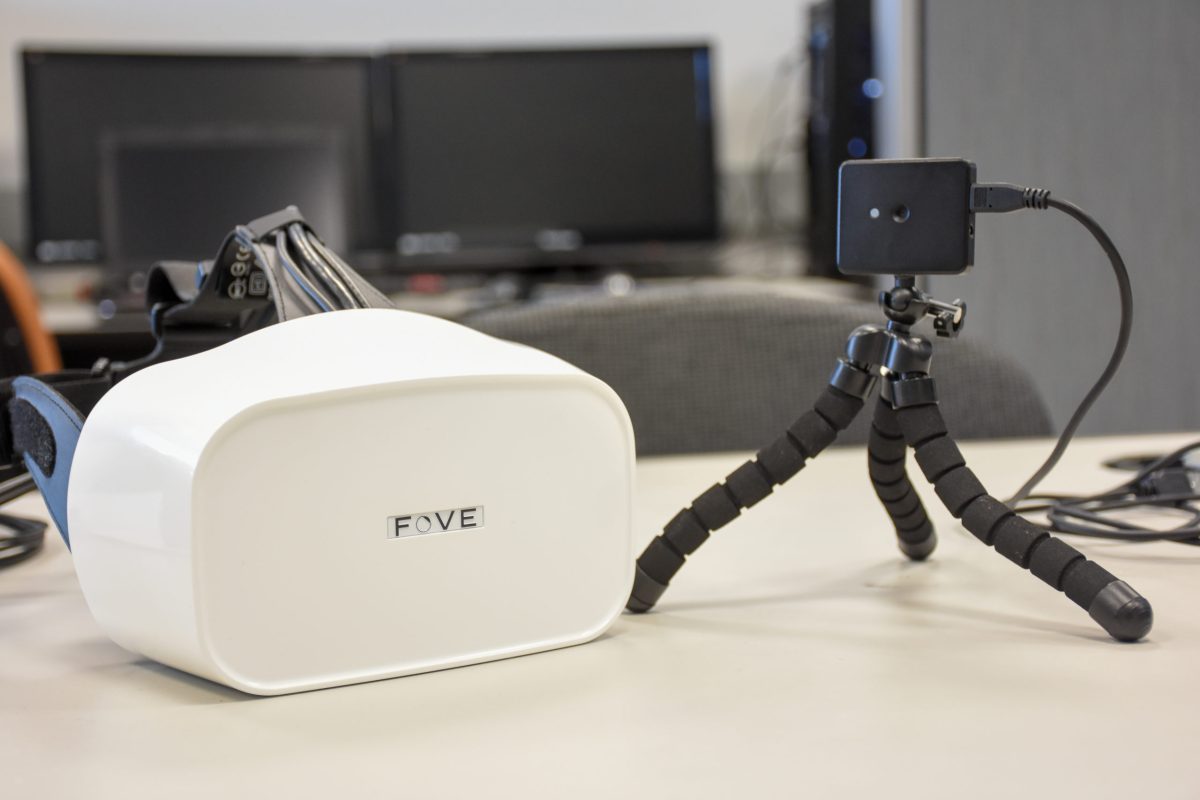Some of you may have heard of VRChat, a free-to-play MMO that has gained popularity in recent weeks. It’s a virtual chat room where you can be whatever character you desire and interact with other players.
A meme emerged from this game known as Ugandan Knuckles. A caricature of Knuckles the echidna that speaks in a heavy accent, asking if you know the way. It seems like we only use VR for video games. Though we may hear about applications for VR that doesn’t just involve entertainment, there hasn’t been anything concrete released to the world. This is because these other applications are still in development.
In fact, VR development is happening right here at NJIT. One lab on campus that conducts VR research is the Vision and Neural Engineering Laboratory. In Fenster 685-695, under the direction of Dr. Tara Alvarez, John Vito d’Antonio-Bertagnolli works on Virtual Reality Vision Therapy. They focus on convergence insufficiency. Convergence insufficiency is when someone has trouble making an inward rotation of their eyes or can’t hold it for very long. If you were to hold both pointer fingers some distance apart, one behind the other in front of you, and look back and forth between each finger, you’ll notice your eyes rotate inwards as you go from the farthest to the closest finger. Your eyes constantly correct themselves so as not to see double, which is why seeing double is a common symptom.
This isn’t an unsolved problem. Vision therapy is incredibly effective with 75% of patients who go through a full 8-12 week course with an optometrist would see remission of their symptoms. However, the current therapy is very difficult to finish. It’s expensive, incredibly boring, the time commitment is substantial. A common exercise is to do a “pencil push up” which is holding two pencils, one in front of the other some distance apart, in front of you and looking back and forth between each pencil for 5-10 minutes a day, every day over the course of the therapy. This is especially boring for children.
What John and his team have done is create a game that is only controlled by your eyes. They use an eye tracking headset in conjunction with a VR game, to mimic vision therapy. The game consists of tracking your eye movement as an object approaches you. If your eye movements match the movement of the object, the difficulty is increased. The game is responsive to the patient’s capabilities. So far John and his team have released a few units for field testing. They’ve essentially created a new form vision therapy that is just if not more effective than what’s already being done in the field. Creating novel solutions to problems that already have been solved may likely be the way VR research is headed, but only time will tell.



































